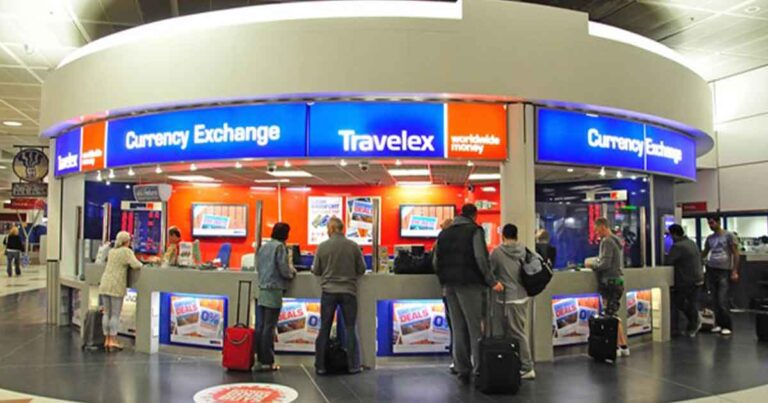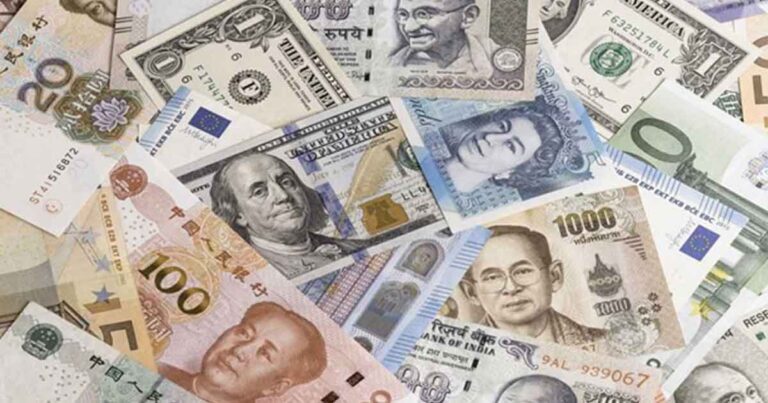Due to the surge in e-commerce, international businesses, tourism, and digital innovations, cross border transaction has become an essential part of everyday life and business operations. However, sending and receiving money across borders is not free of costs and complications. It affects individuals and businesses alike, eroding their money and adding the additional burden of …










